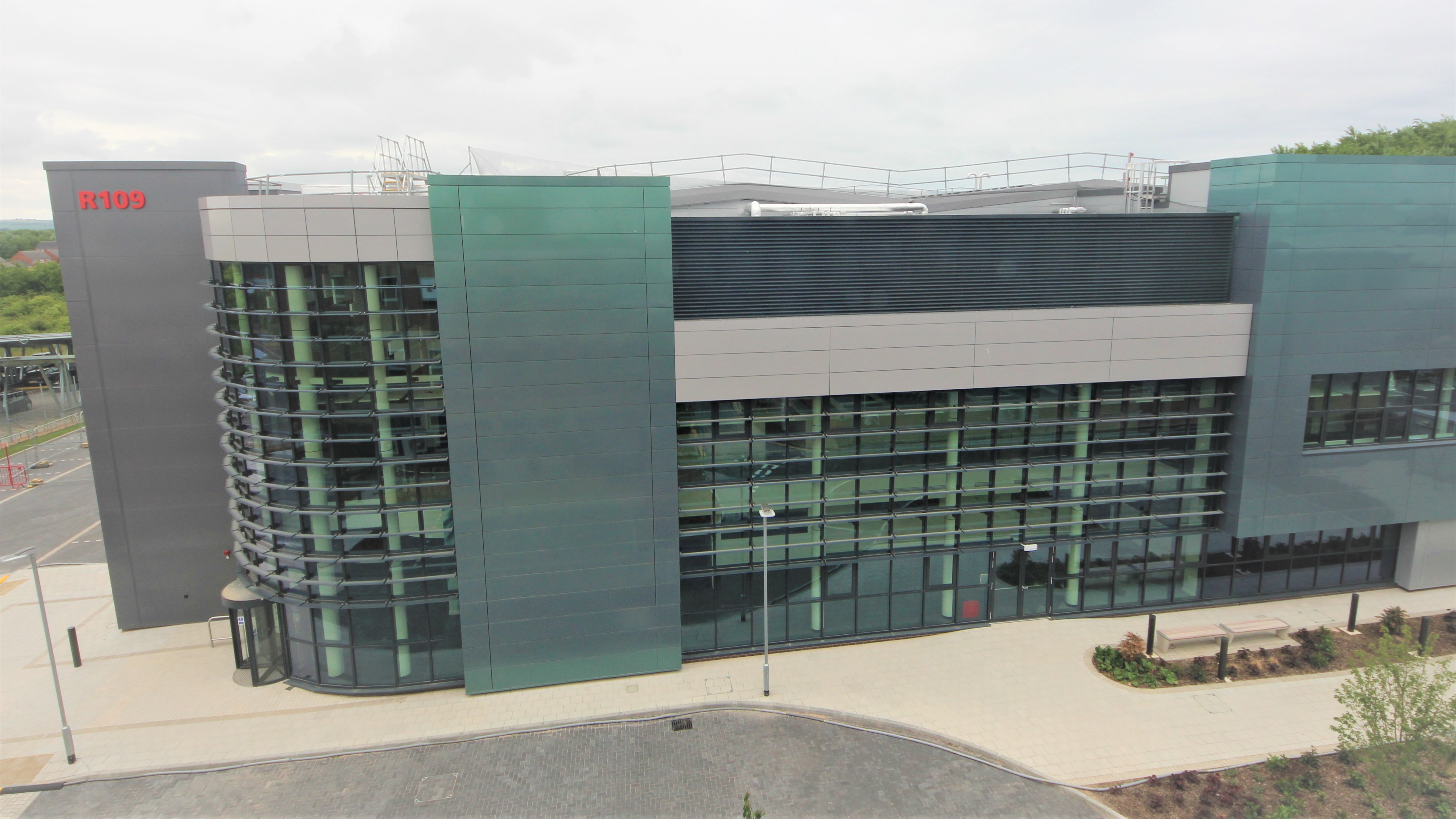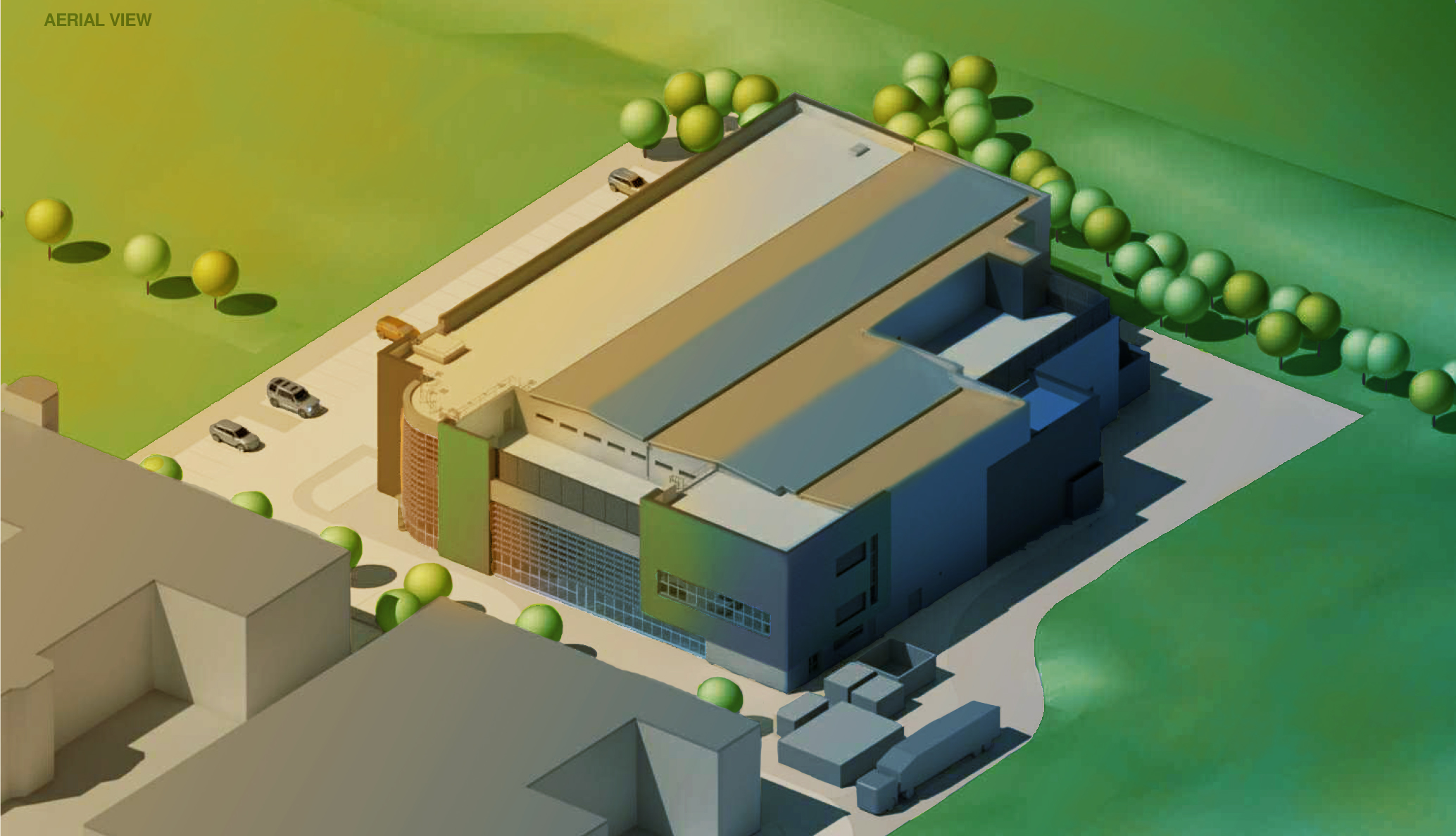
EPAC is a new
national facility to support UK science, technology, innovation and industry.
The building construction phase of EPAC was completed in May 2022 and the building has been handed over to the CLF, ready to begin work installing and commissioning the systems needed to operate the facility from it's expected opening in 2025.
A partnership between UKRI, MoD, academia and industry; EPAC will bring together
world-leading interdisciplinary expertise to develop and apply novel, laser
based, non-conventional accelerators and particle sources which have unique
properties. We expect this to produce scientific breakthroughs and stimulate
new solutions to challenging problems to help advance UK science and
technology, helping to keep us safer, improve our healthcare and support
a cleaner, more productive economy.

EPAC will bring:
 Discovery
Discovery- Driving forward the scientific understanding of laser driven accelerators and sources.
- Explore matter in extreme environments, usually only found off planet.
- Enable experiments to simulate astrophysical events and study fundamental aspects of the universe.
 Innovation
Innovation- R&D for a new generation of compact, super-bright, novel accelerators.
- Advanced, multi-modal, dynamic and highly penetrating imaging capabilities
- New technologies for advanced sensing in defence and security
- Novel radiobiology for future therapeutic modalities.
 Training
Training- High quality and broad spectrum training for engineers, apprentices, PhD and early career scientists, generating a pipeline of people with expert, high quality skills.
This will be made possible by the bringing together of cross-disciplinary expertise for EPAC's planning, building, operation and exploitation.
Science
EPAC will deliver a state-of-the-art 10 Hz, 1 PW, laser to two independent experimental areas.
Experimental
Area 1 (EA1) has a fixed configuration, delivering a long-focus laser
beamline predominantly for driving a laser-wakefield accelerator.
Sources derived from the accelerator will be used for experiments and
industrial applications in the 20 m x 9 m applications area.
EA2 contains a large vacuum chamber that can be configured in a
flexible way with short, medium, and long-focus beamline options. The
primary application of the area will be high density laser-matter
interactions for optimisation of secondary sources as well as
fundamental science studies.
